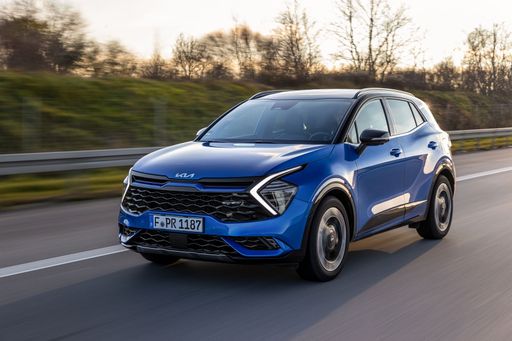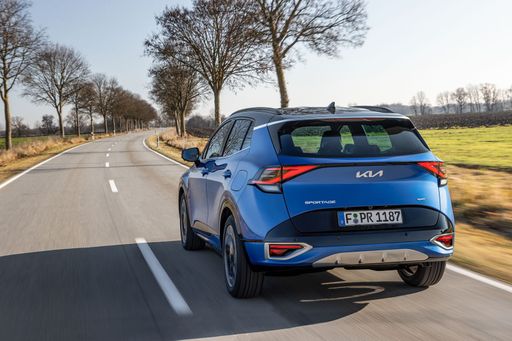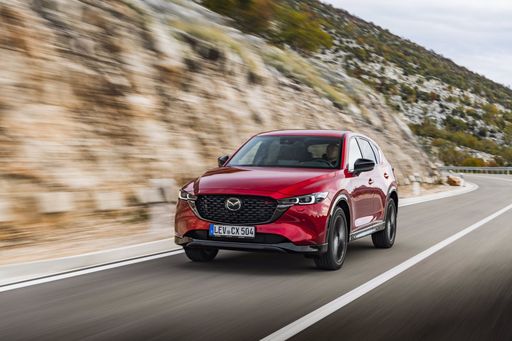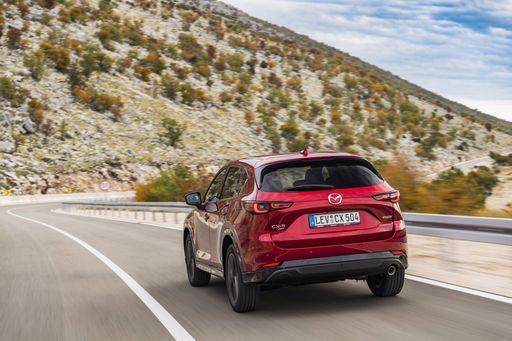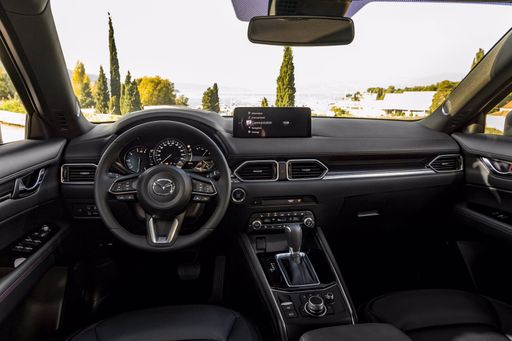Performance and Engine Options
The Kia Sportage offers a variety of engine choices to cater to varying consumer needs. Prospective buyers can choose from diesel and petrol options, including a diesel mild-hybrid (MHEV), a full hybrid, and a plug-in hybrid. Power outputs range from 136 HP to an impressive 252 HP, with torque figures peaking at 350 Nm. The Sportage's fuel consumption is commendable, with ratings ranging from 5.0 L/100km to 7.2 L/100km, depending on the engine configuration.
On the other side, the Mazda CX-5 presents its own robust lineup. The CX-5 offers petrol and diesel variants, with power outputs from 150 HP to 184 HP. The CX-5's fuel efficiency is slightly higher than the Sportage, with figures from 5.6 L/100km to 7.6 L/100km. While the Sportage’s engine lineup includes hybrid options, the CX-5 remains solely focused on traditional combustion engines.

